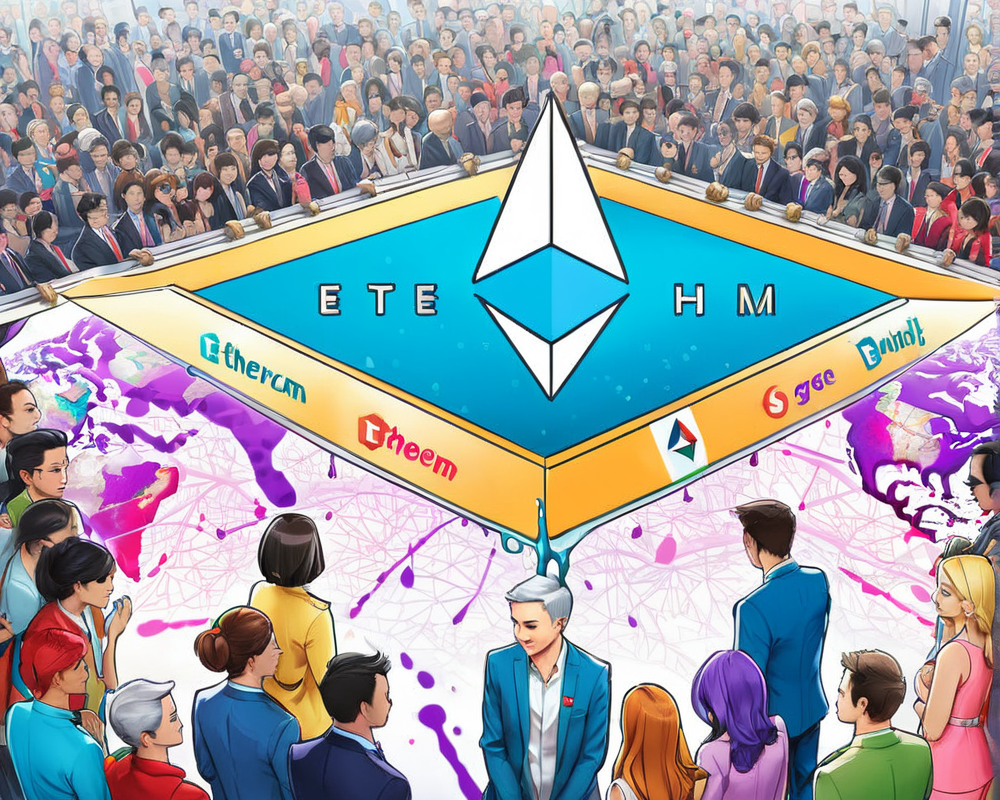The Evolution from Web2 to Web3
In the digital realm, it’s no secret that the giants of Web2 have seized the reins, monopolizing user data and steering the internet into a centralized direction reminiscent of a wild west showdown – minus the tumbleweeds and cowboy boots. But now, enter Web3, poised to flip the script on this saga. Imagine an open-source internet where users regain control of their data! According to a report by a16z, this digital revolution has its sights set on 1 billion users by 2031.
Challenges on the Path to Decentralization
Don’t let the glimmering promise of Web3 fool you into thinking it’s smooth sailing ahead. There are bumps on this digital road, like the lack of local payment integrations that seem to pop up like weeds in a garden. For instance, while a hip Web3 startup in Berlin might be all about the Bitcoin moon, users in Brazil might prefer something more familiar, like local bank transfers or the trendy PIX payment system. This disconnect could lead to potential customers ghosting your platform faster than a bad date.
Understanding Local Payment Preferences
Let’s dive into the mind of the average user: they want convenience, familiarity, and a dash of security when making transactions. Local payment methods, such as digital wallets, cash vouchers, and regional debit networks, are crucial for tapping into international markets. Yet, each region comes with its own regulatory tangle and payment methods—think of it as trying to assemble a jigsaw puzzle, but someone switched pieces from another box!
The Brazilian Gold Rush
Brazil stands out as a hotspot for Web3 potential, with its citizens leading the charge in digital adoption courtesy of the central bank’s instant payment plan, PIX. Web3 projects must establish partnerships with local banks and navigate regulatory waters here. Ignoring this is like trying to swim without a life raft in a turbulent sea.
COVID-19: The Invisible Hand of Change
Global restrictions have catapulted the need for flexible payment solutions into the spotlight. In Mexico, SPEI – a real-time gross settlements system – is seeing its usage soar. Companies that adapt and align with these evolving systems are not just surviving; they’re thriving like that one friend who seems to always find golden opportunities.
The Rise of Contactless Payments
As contactless payments gain traction, innovation is taking shape—like the OXXO convenience store’s voucher-based banking app, boasting 1.6 million users. Keeping up with these trends is essential for staying competitive, or risk getting left in the digital dust while your customers move on to trendier pastures.
Building Trust and Loyalty in New Markets
If there’s one thing Latin Americans are eager to embrace, it’s crypto. Studies show that they top the charts in global bullishness. As companies navigate the decentralized terrain, establishing trust is paramount. Quick integration with local currencies can pave the way for increased customer loyalty, and let’s face it: who doesn’t love a solid loyalty program? It’s like receiving the ultimate stamp card rewards, except you’re not just getting free coffee, you’re getting financial independence.
Enhancing User Experience
The user experience surrounding Web3 remains a work in progress, akin to a toddler learning to ride a bike—one moment of velocity, the next moment a tumble! Users crave fast and reliable transaction methods, so Web3 projects should reconsider their onboarding processes and customer support strategies. By notifying users at every stage of the payment journey, you ensure their confidence in the transaction process, alleviating any worries they might have about moving their hard-earned cash.
Looking to the Future
The path ahead for Web3 is lined with challenges, but overcoming them could revolutionize how we socialize, transact, and share data online. Embracing local payment options is just the beginning—consider it the first step in a marathon toward a truly decentralized internet. And who wouldn’t want to lace up their sneakers for that kind of journey?




